Yes, a bad wheel bearing almost always makes noise. One of the most common symptoms of a failing wheel bearing is an unusual sound coming from the wheels or suspension area. This noise can start out subtle and get louder over time as the damage worsens. Recognizing these noises early can help prevent more serious and expensive repairs.
What Is a Wheel Bearing?
A wheel bearing is a set of steel balls or rollers held together by a metal ring (the race) that sits inside the hub of the wheel. Its main job is to allow the wheel to spin smoothly with minimal friction while supporting the weight of the vehicle.
Over time, wheel bearings can wear out due to age, water contamination, lack of lubrication, or harsh driving conditions. When they do, they can produce a range of distinct noises.
What Kind of Noise Does a Bad Wheel Bearing Make?
1. Grinding Noise
One of the most common signs of a bad wheel bearing is a grinding sound. This usually happens when the bearing has lost its lubrication and the metal components are rubbing together. The noise often gets louder as you accelerate or when turning.
2. Humming or Growling Noise
A worn wheel bearing can produce a humming or growling sound. It often sounds similar to tire noise but is constant and increases with vehicle speed. Unlike tire noise, it doesn’t change when driving on different surfaces.
3. Clicking or Snapping Noise
In some cases, a bad wheel bearing can make a clicking or snapping sound. This can happen during sharp turns or when cornering, and it may indicate excessive play in the bearing.
4. Knocking or Clunking Noise
Although less common, a severely damaged wheel bearing can cause knocking or clunking sounds as the wheel moves unevenly on the axle.
When Do You Hear the Noise?
- At Higher Speeds: The noise often becomes more noticeable the faster you drive.
- When Turning: If the sound changes or gets louder when turning, it’s often a sign of a bad wheel bearing. For example, turning left may make the noise louder if the right-side bearing is worn out.
- During Acceleration or Deceleration: Some bearing noises change depending on the load applied during speeding up or slowing down.
What Causes a Wheel Bearing to Go Bad?
1. Wear and Tear
Over time, normal driving can wear out a wheel bearing. They are not lifetime components and will eventually fail.
2. Water or Dirt Contamination
Driving through deep water or mud can allow contaminants to enter the bearing, washing out lubrication and causing corrosion.
3. Improper Installation
If a wheel bearing is installed incorrectly or with the wrong tools, it can fail prematurely.
4. Impact Damage
Hitting a pothole, curb, or getting into an accident can damage the wheel bearing.
Other Symptoms of a Bad Wheel Bearing (Besides Noise)
- Uneven Tire Wear: A bad bearing can cause the wheel to wobble, leading to abnormal tire wear.
- Steering Vibration: You might feel a vibration in the steering wheel, especially at higher speeds.
- ABS Light: Some wheel bearings have ABS sensors integrated. If the bearing fails, it can trigger the ABS warning light.
- Loose Steering: Excessive play in a bad bearing can cause a loose or unsteady steering feel.
How to Diagnose a Bad Wheel Bearing
1. Listen for Noise While Driving
Drive at different speeds and note when the noise gets louder or quieter. Pay attention to whether it changes when turning.
2. Jack Up the Vehicle
With the wheel off the ground, grab it at the top and bottom and try to rock it. Excessive movement may indicate a worn bearing.
3. Spin the Wheel by Hand
Rotate the wheel and listen for grinding or rumbling noises. It should spin smoothly and quietly.
4. Professional Inspection
A mechanic can use specialized tools like a chassis ear or stethoscope to pinpoint the exact source of the noise.
What Happens If You Ignore a Bad Wheel Bearing?
Driving on a bad wheel bearing is dangerous. Ignoring it can lead to:
- Wheel Lock-Up: If the bearing seizes, it can cause the wheel to lock, potentially leading to loss of control.
- Wheel Detachment: In extreme cases, the wheel could separate from the vehicle.
- Further Damage: A bad bearing can damage the hub, axle, and suspension components, increasing repair costs.
How to Fix a Bad Wheel Bearing
1. Replace the Bearing
Most bad wheel bearings need to be replaced. The cost varies depending on whether it’s a press-in bearing or part of the hub assembly.
2. Replace the Entire Hub Assembly
In many modern vehicles, the bearing is sealed inside the hub assembly. In these cases, the entire hub needs to be replaced.
3. Use Quality Parts
Always choose high-quality bearings and have them installed by a professional to ensure proper fitment and longevity.
Conclusion
A bad wheel bearing makes noticeable noises like grinding, humming, or clicking, which often get worse with speed or when turning. If you suspect a wheel bearing issue, it’s important to diagnose and repair it as soon as possible. Ignoring a bad bearing can lead to serious safety hazards and more costly repairs.
FAQs
Can a Bad Wheel Bearing Cause a Grinding Noise?
Yes, grinding is one of the most common noises a bad wheel bearing makes, especially when the lubrication has failed.
How Long Can You Drive with a Bad Wheel Bearing?
It’s risky to drive with a bad wheel bearing. The longer you wait, the more dangerous and costly it becomes.
Will a Bad Wheel Bearing Trigger the ABS Light?
If the wheel bearing includes an ABS sensor, it can trigger the ABS warning light when it fails.
How Much Does It Cost to Replace a Wheel Bearing?
The cost typically ranges from $200 to $500 per bearing, depending on the vehicle and whether it’s a press-in or hub assembly type.
Does a Bad Wheel Bearing Affect Alignment?
A failing wheel bearing can cause the wheel to move improperly, which may affect alignment and tire wear.
Also Check:
• Does A Bad Alternator Make Noise?
• Does A Bad AC Compressor Make Noise?
• Does A Blown Head Gasket Make Noise?






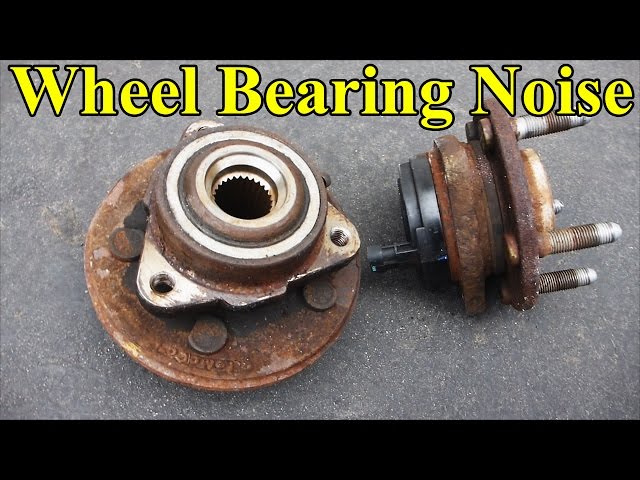
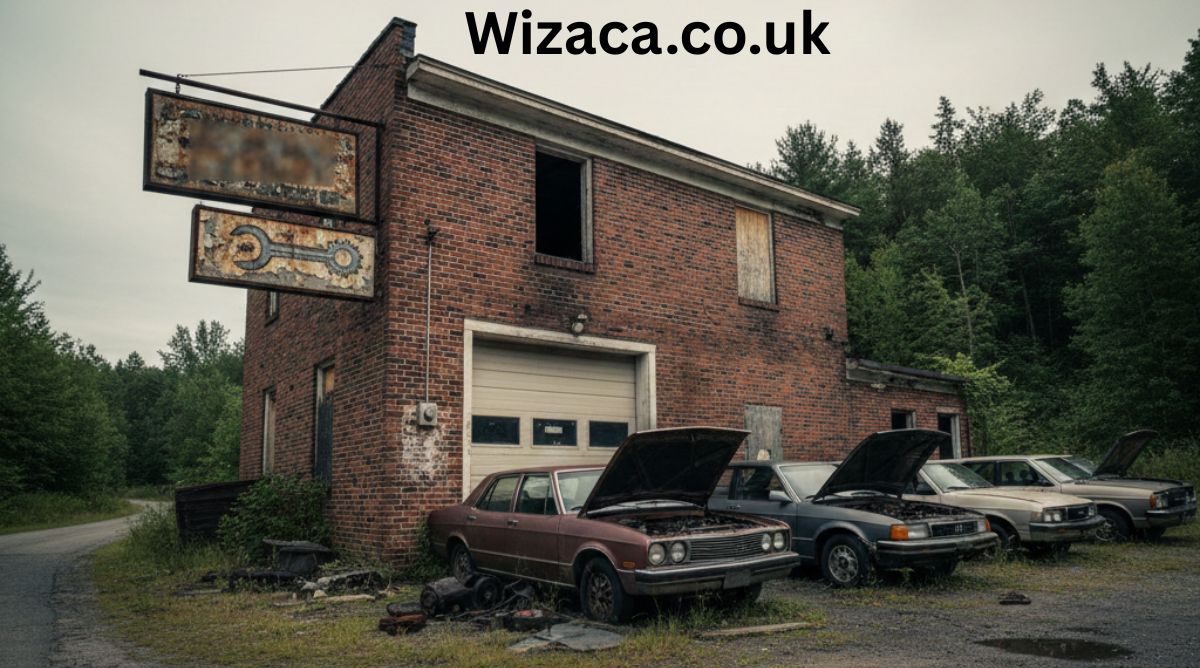
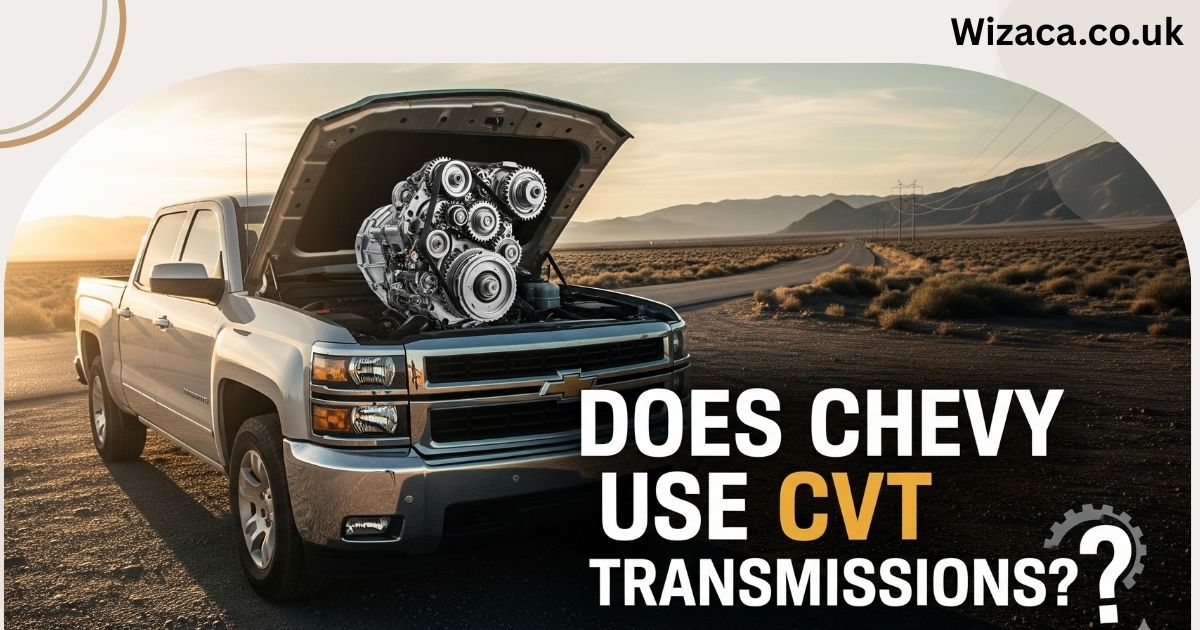
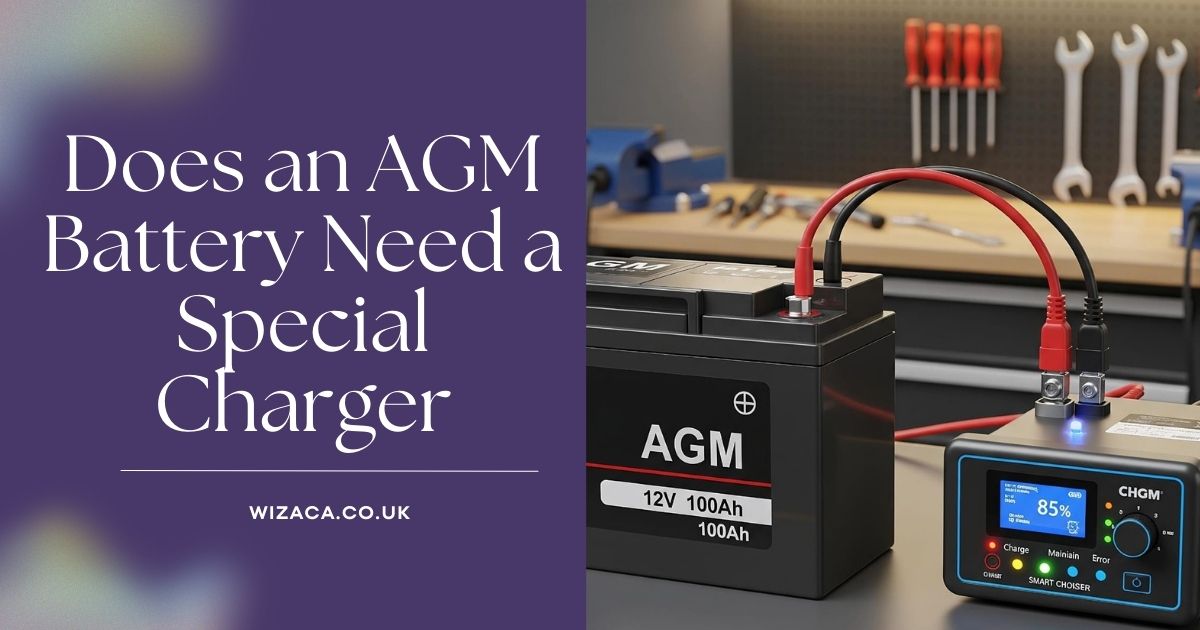
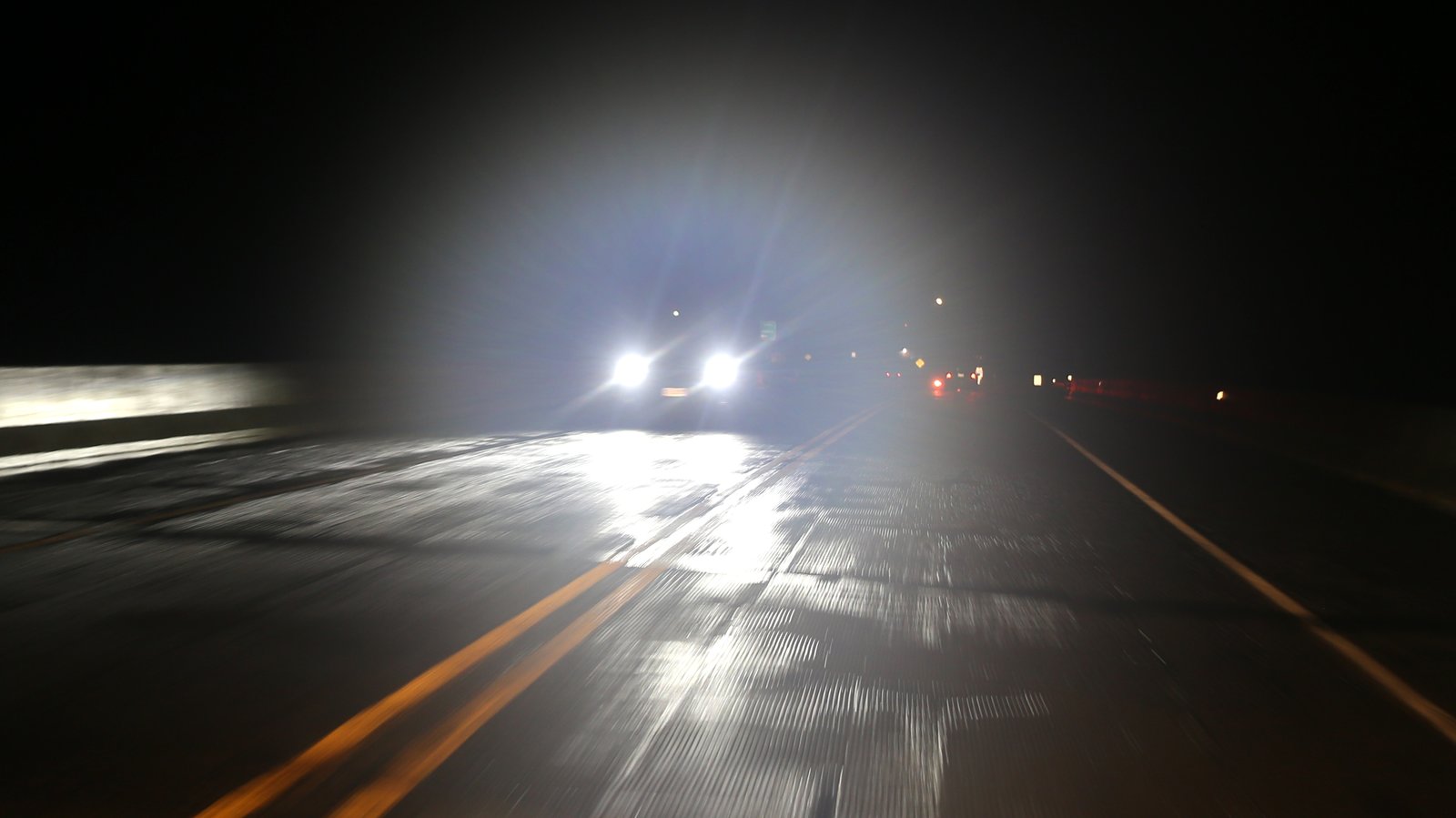
One thought on “Does A Bad Wheel Bearing Make Noise?”